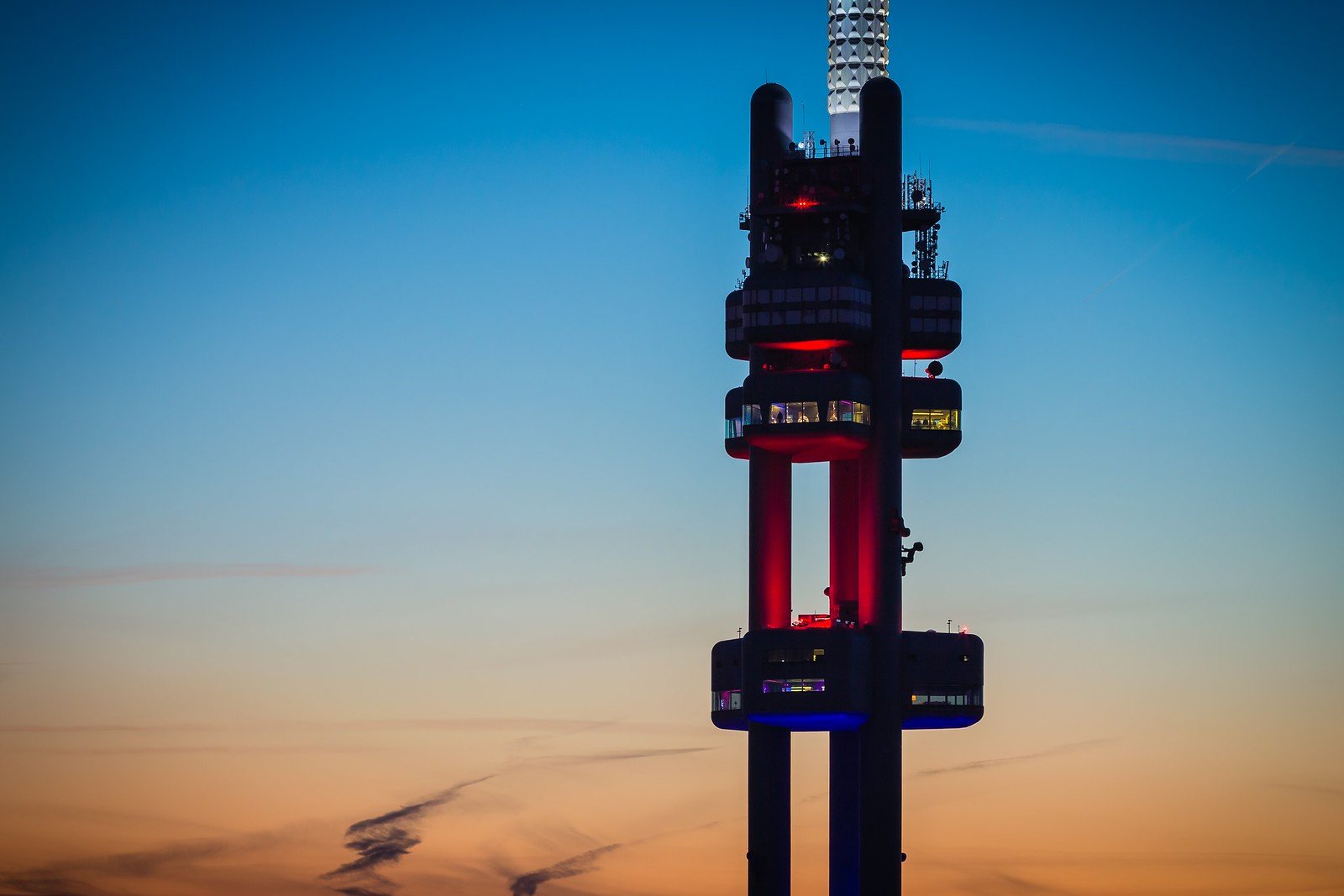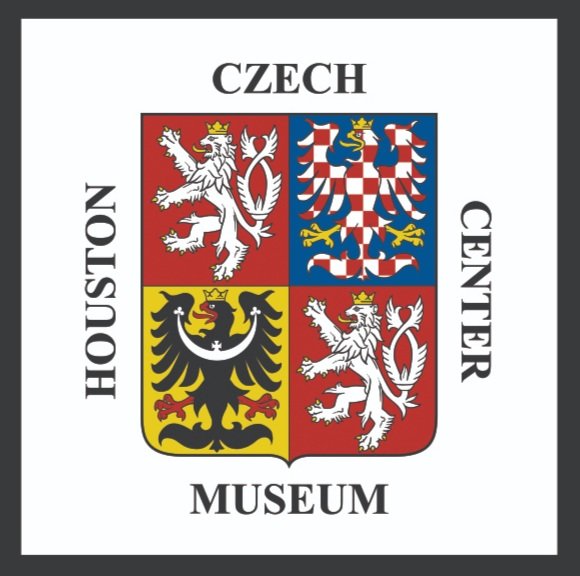The tombstone of Avigdor Kara
The Josefov Old Jewish Cemetery in Prague opened back in the mid-15th century, and the first grave, placed in 1439, belonged to a child survivor of the 1389 pogrom, Avigdor Kara.
Since then, over 42,000 people rest in Josefov. The Holy Roman Emperor and King of Bohemia, Joseph II had the cemetery closed in 1787, and ordered the Žižkov cemetery, now known as the Žižkov Old Jewish Cemetery, to be used as the main Jewish cemetery. The Žižkov Cemetery opened in 1680, over a century before it was chosen to be the successor to Josefov. Placed 2 kilometers outside of the Old Town, it began as a plague cemetery when the bubonic plague killed over 3000 Jews. Through time, the cemetery grew to be over 28,000 square meters and held over 37,000 people. In 1890, the Žižkov Cemetery closed, replaced with the Olšany New Jewish Cemetery.
Just under 70 years after the Žižkov Cemetery’s closure, it received “Cultural Monument” status from the Czechoslovak government. But said status did not protect the cemetery from being severely appropriated, making way for Mahler Gardens, developed and constructed between 1956 and 1960. What is important to understand is that in exceptional cases, according to Jewish religious rules, as long as the tombstones were buried with the graves, the destruction of the cemetery is deemed acceptable. For just under 30 years, what remains of the cemetery will be at peace.
Václav Aulický
In 1967, Václav Aulický, future architect and designer, graduated from the Faculty of Civil Engineering of the Czech Technical University (CTU) in Prague. His career began the same year at the Military Project Institute, starting with the Transgas building complex, built between 1972 and 1978, where he was in charge of designing the cladding of the upper floors. By 1974, Aulický started working for Spojprojekt.
Since the 1970s, the Czechoslovak government had plans for the development of Czechoslovakia’s radio and television broadcasting capabilities. The Petrin Lookout Tower was initially looked into for a potential upgrade by extending the antenna, but the Petrin Tower heritage committee did not want the extension to occur, so the government moved on to their next plan.
By 1985, Aulický and structural engineer Jiří Kozák finally began work on the Žižkov Television Tower, a structure meant to modernize and accelerate Czechoslovakia’s television capabilities. However, construction did not start until 1990, the year after the fall of the Berlin Wall and of communism in Eastern Europe. At this point is when peace at the Žižkov Old Jewish Cemetery ends. To give the tower a strong foundation, they chose the location of the cemetery to dig up. They unearthed tombstones, graves, and even revealed some skeletons and skulls. The tombstone-laden dirt would get piled into trucks, resembling giant hedgehogs, and taken to landfills or other cemeteries, and used in cobblestone paths.
During that time, the Prague Jewish Community and Prague Centre for Monument Care had their requests to document and select tombstones ignored. Also, there were tall fences that blocked the street view of the work being done, only being seen from surrounding houses, thus could not be easily protested.
The razing of the cemetery, plus the general public’s negative view, initially soured the establishment of the Žižkov Television Tower, opened in 1992. It’s even been called “Jakesuv prst,” meaning “Jake’s finger,” referring to the General Secretary of the Communist Party Milos Jakes. The answer to improving the tower’s public image would debut in 1994, as postmodern artist David Černý showed the world the very first of his “Miminka,” or “Babies,” series, which featured a single large baby, faceless except for an embeded barcode, at the Museum for Contemporary Art in Chicago. The year 2000 is when the architectural and sculptural worlds collide, as 10 fiberglass Babies climb up, down, and on the tower. Since their introduction, the Babies have improved the public perception of the postmodern skyscraper.
The Žižkov Television Tower is the tallest structure in Prague at a peak height of 216 meters, equivalent to 709 feet. However, the highest non-workers, such as visitors and tourists, can go up is 93 meters, where the observation deck is, while the recently installed hotel room sits at 70 meters, and the restaurant sits at 66 meters. In 2006, to commemorate Žižkov gaining “city” status and the commissioning of the tower, the tower’s illuminated with various colors on a nightly basis, usually the tricolors of the Czech flag.
One of the last major changes to the tower so far is the Babies. In 2017, they were removed for repairs, but instead of going back up, they were replaced by 10 new babies which went in their place in 2019, while Černý now holds possession of the original 10 building babies, which were temporarily displayed in Palm Springs, California in 2018, then moved again to the Tijuana Cultural Center, or CECUT, until 2024.



The television tower’s futuristic design fits into the Y2K bubbly aesthetic, which heavily contrasts with the classical Prague buildings it’s surrounded by. That, and the technical elements which give the tower its purpose, makes it an excellent example of high-tech architecture. The average antenna tower with observation capabilities is usually designed with a lattice structure, but a part of the postmodern architectural movement is unconventionality. Thus, the tower also has postmodern elements, as the habitable spaces of the tower stand out in contrast to the integrated, camouflaged habitable spaces of lattice towers. With the introduction of the David Černý Babies onto the tower, not only is it given street cred in the postmodern architecture camp, but it also earns a more favorable view from the public for years to come.
Perhaps it’s the Žižkov Television Tower’s outstanding stature that draws ire to this day. If not in addition to the razing of the Žižkov Old Jewish Cemetery, locals and international observers alike simply dislike the tower’s height and contrast to the rest of Prague and its skyline. Hence, the tower has been featured in many ugliest buildings lists.
Is there possibly hidden commentary from the artist about the original occupants under the tower’s foundation and the destruction of their final resting place? Could the placement of the Babies be just a commentary about life above and death below, or is it also a critique of the communist government, a relatively new establishment, eroding the presence of the historic Jewish community in Prague? If they are, then the descendants are certainly enduring and fighting for recognition of their existence in a post-Communist Prague.
Written by Emanuel Linton
“Prague Old Jewish Cemetery.” Livingprague.Com, livingprague.com/prague-attractions/prague-old-jewish-cemetery/. Accessed 10 July 2025.
“The Zizkov Old Jewish Cemetery.” Livingprague.Com, livingprague.com/memorials/the-zizkov-old-jewish-cemetery/. Accessed 10 July 2025.
“Vaclav Aulicky.” Architectuul, Architectuul, architectuul.com/architect/vaclav-aulicky. Accessed 10 July 2025.
Marsden, Magdalena. “Zizkov Television Tower in Prague – Practical Info, History & Guide (2025).” View from Prague, View from Prague, 10 May 2023, www.viewfromprague.com/zizkov-television-tower/.
Pařík, Arno. “Kvůli Žižkovské Televizní Věži Byl Zničen Židovský Hřbitov.” Rozhlas, Czech Radio, 17 Nov. 2013, www.rozhlas.cz/kvuli-zizkovske-televizni-vezi-byl-znicen-zidovsky-hrbitov-7994994.
Pohanka, Vít. “Žižkov Tower: From Cold War Relic to Luxury in the Sky.” Radio Prague International, Radio Prague International, 3 Apr. 2025, english.radio.cz/zizkov-tower-cold-war-relic-luxury-sky-8847236.
“Palm Springs Babies.” HOHMANN, HOHMANN, Inc., www.hohmann.art/babies. Accessed 11 July 2025.
“CECUT Honoring David Cerny.” HOHMANN, HOHMANN, Inc., news.hohmann.art/cecut-honoring-david-cerny-with-solo-exhibition. Accessed 15 July 2025.


